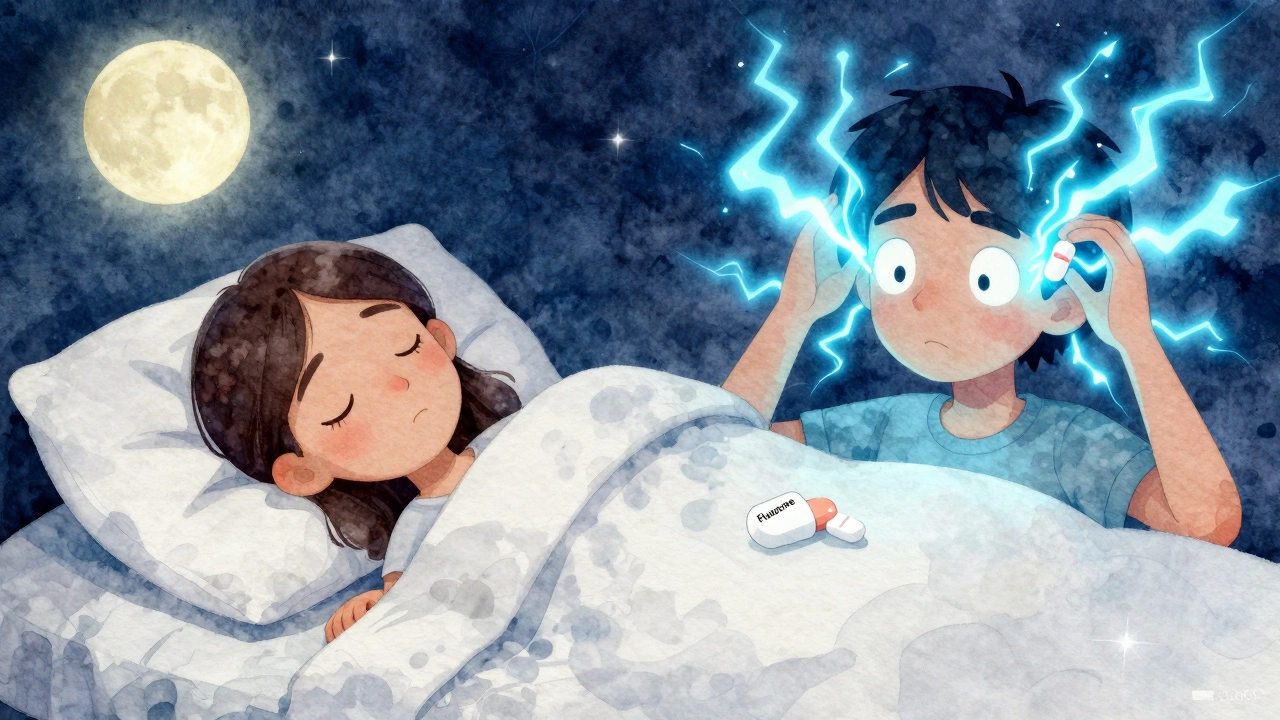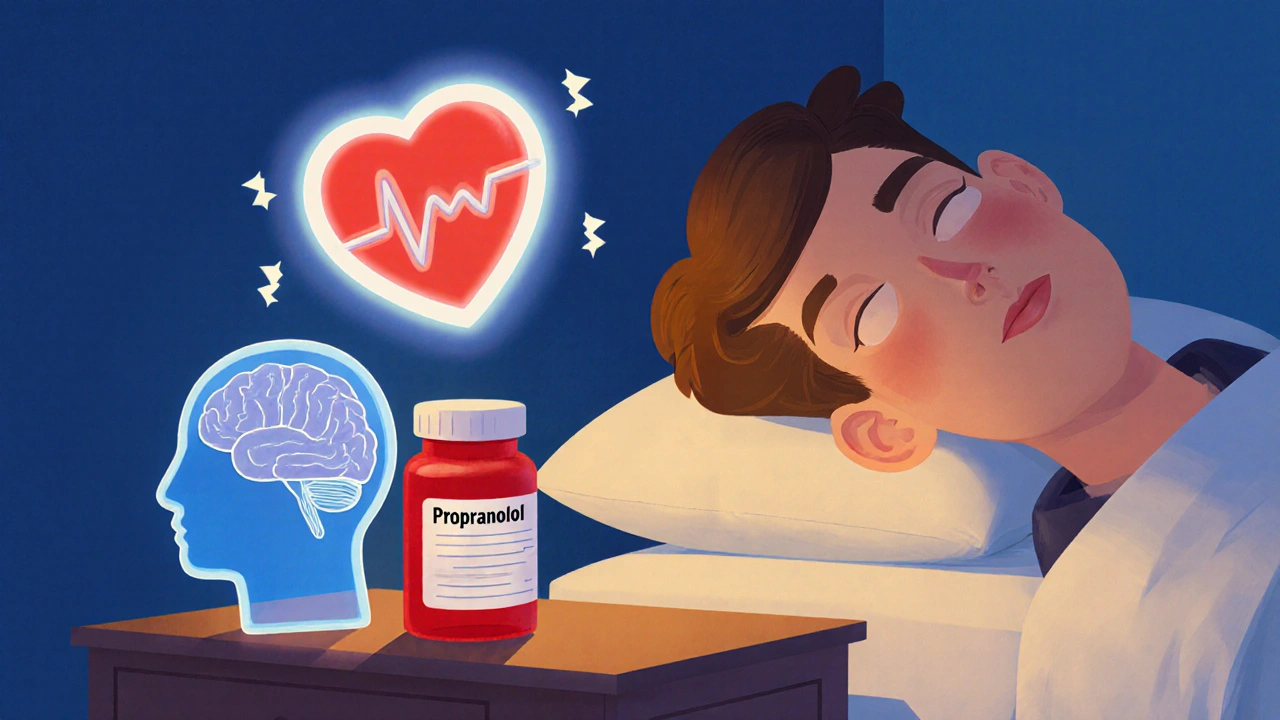Insomnia: Understanding Causes, Treatments, and Everyday Tips
When dealing with insomnia, a sleep disorder marked by trouble falling asleep, staying asleep, or getting restful sleep. Also known as sleeplessness, it can affect anyone from busy parents to night‑shift workers and often triggers a cascade of health issues.
One of the first things to address is sleep hygiene, a set of habits and environmental tweaks that promote natural sleep cycles. Simple changes like dimming lights an hour before bed, keeping the bedroom cool, and avoiding screens can dramatically improve sleep quality. When good sleep hygiene is in place, many people find they rely less on pills and feel more in control of their rest.
Medication, Therapy, and Lifestyle: How They Interact
For those whose insomnia persists despite better habits, sedative medications, drugs such as benzodiazepines, non‑benzodiazepine hypnotics, or certain antidepressants prescribed to promote sleep often enter the picture. These agents can be effective short‑term but come with tolerance, dependence, and daytime drowsiness risks. Understanding how each drug works helps you weigh benefits against side effects, especially if you’re already taking other medicines that might interfere with sleep.
Beyond pills, cognitive behavioral therapy for insomnia (CBT‑I), a structured, evidence‑based program that reshapes thoughts and behaviors around sleep offers a lasting solution. CBT‑I teaches you to identify anxiety‑driven bedtime thoughts, set consistent wake‑up times, and gradually reduce reliance on sleep aids. Many studies show patients who complete CBT‑I experience fewer awakenings and can often taper off sedatives entirely.
These three pillars—sleep hygiene, medication, and CBT‑I—often overlap. For example, a doctor might prescribe a low‑dose hypnotic for a few weeks while you build a solid bedtime routine and start CBT‑I sessions. The goal is a smooth transition from short‑term pharmacologic help to long‑term behavioral stability.
Insomnia doesn’t exist in a vacuum; it frequently rides alongside other health concerns. Chronic pain, anxiety, depression, and even hormonal shifts can worsen sleep problems. When you notice a pattern—like restless nights after a stressful work week or during migraine flare‑ups—addressing the underlying condition can ease insomnia without adding another pill.
Nutrition also plays a subtle role. Heavy meals, caffeine, and alcohol close to bedtime can disrupt the natural sleep‑wake cycle. Swapping that night‑time latte for herbal tea or a small protein snack can lower nighttime awakenings and support deeper REM sleep.
Technology habits matter, too. Blue‑light emitted from phones and laptops suppresses melatonin, the hormone that signals your body it’s time to wind down. Using night‑mode filters or setting a device curfew an hour before bed aligns your internal clock with darkness, making it easier to drift off.
In practice, start by auditing your current routine. Note when you go to bed, how long it takes to fall asleep, any nighttime awakenings, and your morning energy level. This simple sleep diary often reveals hidden culprits—like a late‑night snack or a noisy street—that you can tweak right away.
When you combine a tidy sleep environment, mindful use of medication, and proven behavioral strategies, you give yourself the best chance to break the insomnia cycle. Below, you’ll find articles that dive deeper into each of these areas, from medication side‑effects to step‑by‑step CBT‑I techniques, giving you a toolbox to finally get the rest you deserve.
Fluoxetine Activation: How to Manage Anxiety, Insomnia, and Timing for Better Results
Fluoxetine (Prozac) can cause anxiety and insomnia because it's one of the most activating SSRIs. Learn how timing, dosing, and individual factors affect side effects - and what to do if it keeps you up at night.
View moreHow Propranolol Affects Your Sleep and What to Do About It
Learn how propranolol can disrupt sleep, why it happens, and practical steps to improve rest while staying on the medication.
View more

